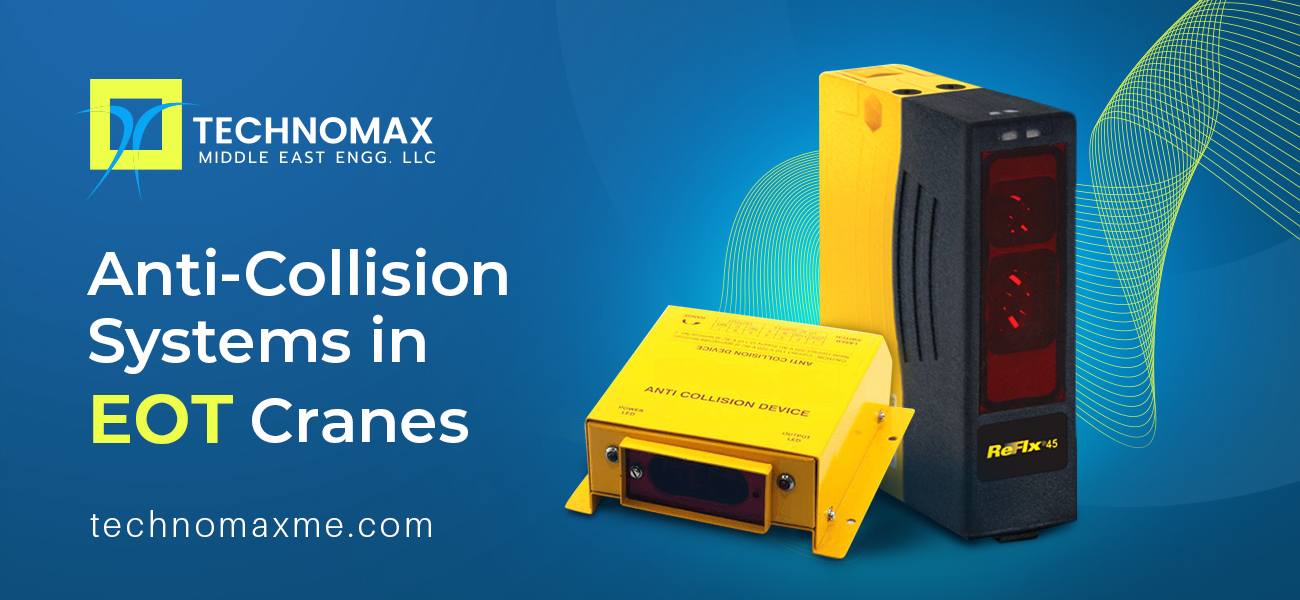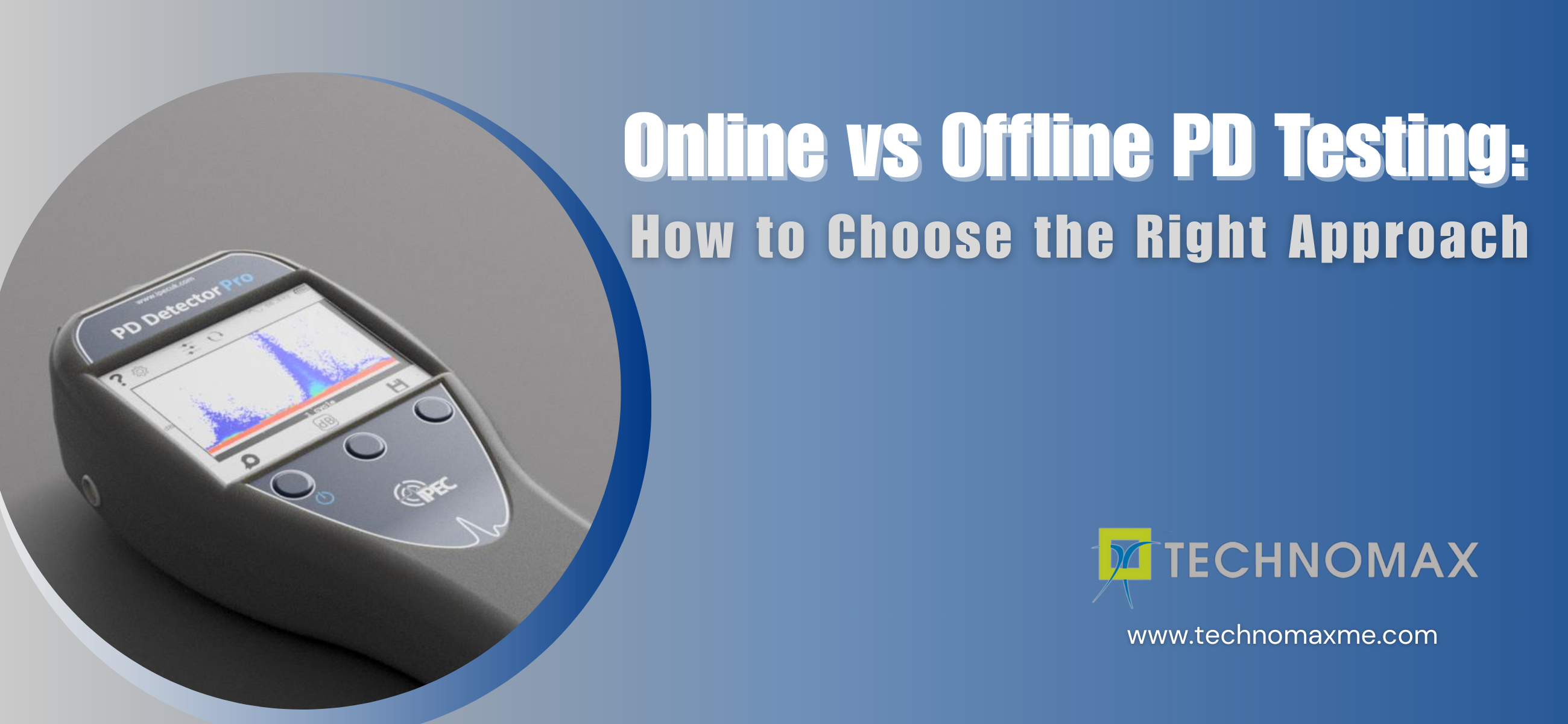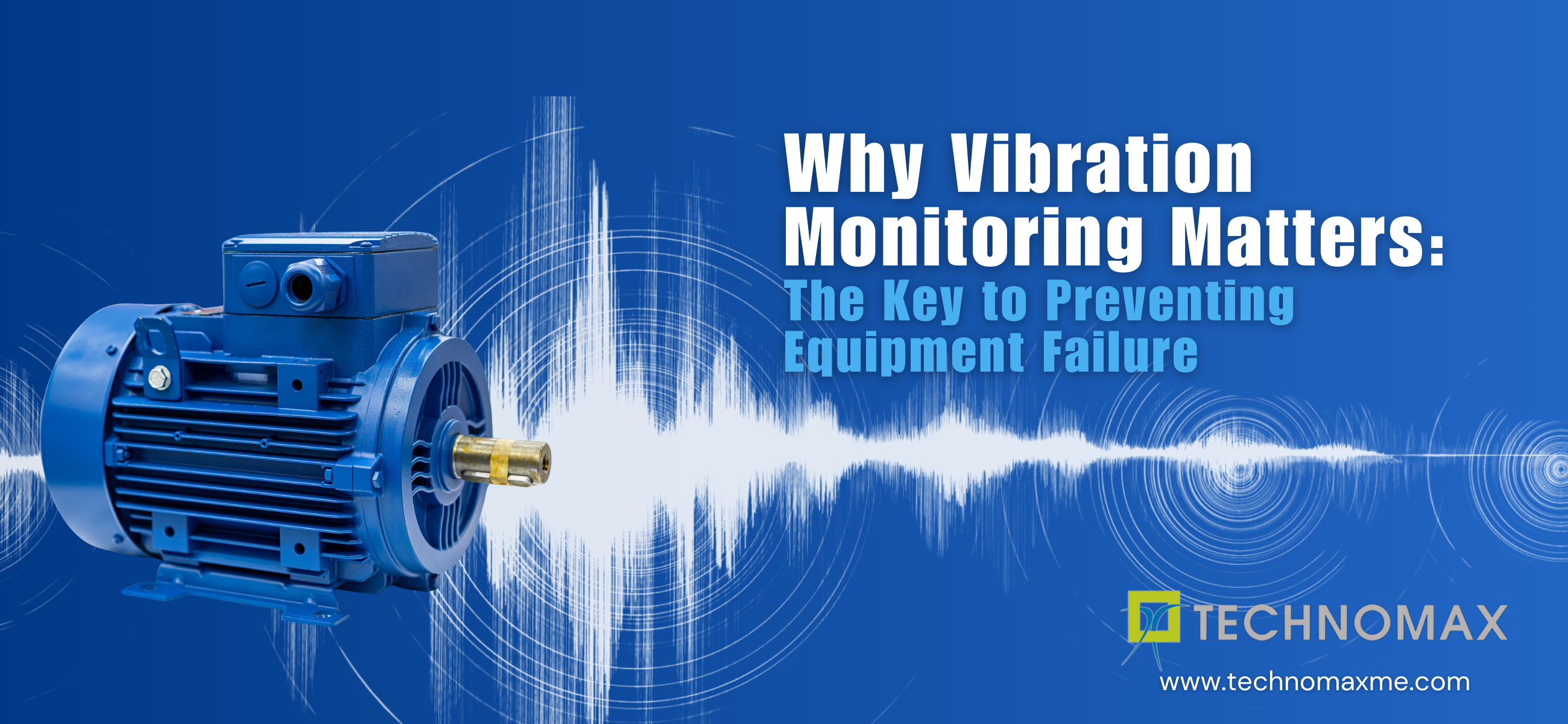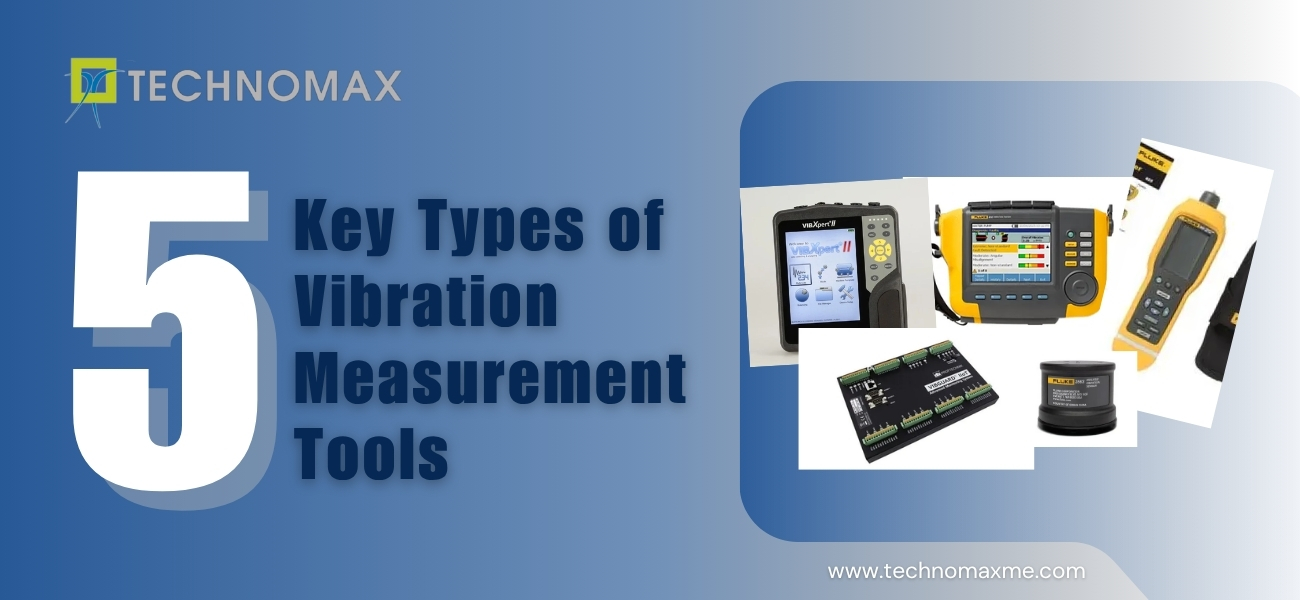
Multiple cranes are deployed during the material handling processes. Lack of appropriate protection and warning systems causes the cranes to collide with each other on the same runway.
In Anti-collision systems the technology used is a kind of 'time-of-flight' technology, where the sensor is mounted on each end of both cranes.
This can reliably analyze the approaching cranes and the walls to a distance of up to 50 m, operate in even high temperatures and are ideal for logistics applications.
Long-range distance sensors like ultrasonic sensors are also used to solve such operation-specific applications.
Read more about:
- Crane Electrification - Bus Bar vs. Festoon System
- Keeping it on the rails: The Importance of Overhead Crane Runway/Rail Inspections
- Why Do Steam Traps Fail: Causes, Factors & Preventive Methods
How does an Anti-Collision Systems work?
The basic construction concept of an anti-collision system is simple- it uses a sensor and a relay that will cut the control supply to the long traveling operation.
The anti-collision systems in cranes can be installed to slow down and pause the overhead cranes when moving toward the next crane or structure.
This anti-collision system feature is designed specifically for crane applications and is ideal for continuous duty.
These devices are not only useful to safeguard the material handling equipment in the plant but also save the operators.
The anti-collision sensors in the crane can alarm the operators traveling in the cab-operated cranes. This helps them to slow down cranes and avoid potentially dangerous incidents.
Every set in the system includes an emitter/sensor module, along with a reflector. The anti-collision sensors work based on the principle known as retro-reflective Infrared waves.
The emitter is involved in the emission of infrared waves along the direction of the reflector.
The reflector thus reflects infrared rays to the sensor. Sensors detect the presence of the reflected IR waves and analyze the activities.
It further alarms and stops or reduces the crane speed in time. When two cranes are set at an ideal distance, the reflected waves don’t reach the sensors, hence cranes function normally.
Features of Anti-Collision systems in cranes
It resembles an emergency braking system in which the sensor is aware of the surrounding atmosphere to analyze the presence of foreign equipment.
Once an Anti Collision device gets mounted on the machine, it gets calibrated first based on the user’s needs. The reaction time sensor takes for your anti-collision device is a major factor based on its application.
For instance, if the machine moves at 20m/s and the sensor’s reaction time is about 0.5 s, the machine moves about 10m ahead before the Anti-Collision Device stops it.
After mounting and calibration, the ACD should be tested for reaction with external objects in the final operating environment.
Why is an Anti-Collision system important?
Anti-collision systems are classified as safety devices that avoid an accident that arises when two machines collide.
Without such a device, the machines operated manually or automatically can move outside the working area and harm the machines, equipment, and structures nearby, causing dangerous situations.
Hence ACD systems for cranes enhance workplace safety and augment the optimal monitoring of your operational procedures.
The anti-collision solutions depend on the seamless tracking of all crane positions to avoid collisions and prevent expensive production downtime, even while the crane operates at various heights.
Various systems for Anti-Collision
Optical laser-based ACD for cranes allows LED reflective sensing to large heights. It helps in crane-to-crane separation and anti-collision features.
Some ACDs use Solid State Control (SSDs) in tiny easy-to-mount enclosures, which can be used in single-speed and Variable Frequency Drive (VFD)- kind cranes to avoid crane-to-end-stop and crane-to-crane collisions.
Self-monitoring optical lasers have the capability of keeping a track of the crane, which is the most advanced system in the industry. It consistently manages both crane-to-crane and wall-to-crane applications, making it ideal for all cranes having variable frequency drives, contactor controls, and soft starters.
Infrared-specific safety devices utilize the infrared light spectrum, which is usually invisible to the naked eye. IR light has a high frequency compared to radio frequencies and is used in a multitude of industrial uses.
Microprocessor-based IR Anti-Collision Devices are yet another breakthrough that enhances safety and avoids collision of overhead cranes. The relay outputs are supplied with an IR-based emitter and detector, which emits/detects light waves in the light spectrum. The IR reflector reflects infrared light emissions from the device.
In this process, the first ACD is mounted on Crane 1, and its reflector is mounted on Crane 2. The next ACD is mounted on Crane 2 and the reflector is mounted on Crane 1. This type of system allows both cranes to stop at the same time. While bringing both cranes at a specific distance, you need the power to cut, the IR reflector should be mounted at the same level as the IR emitter.
To enable the reflector mounting, the in-built laser is offered which locates at the precise location, where the reflector has to be mounted. After the appropriate mounting of ACD and reflector, rotate the distance knobs clockwise until the relay indicator light switches on. This ultimately sets the desired distance.
Read more about:
- Advanced Vibration Analysis & Troubleshooting of Rotating Machinery
- Structural Vibration Analysis
- Piping Vibration analysis
- Partial Discharge Inspection for Electrical Cables and Switch Gear Panels
Why Infrared light based Anti-collision system
Infrared light is used majorly to communicate information between devices. The major remote controls in our everyday lives and home appliances like TV, AC, etc. use the IR spectrum.
However, to avoid natural IR sources like the sun from causing interferences to the safety devices, we usually maintain a specific frequency modulation for the infrared radiation from the emitter.
The infrared receiver then receives the modulated data and then demodulates it to extract data. The IR-receiving devices are made using photodiodes—these semiconductor-based integrated circuits act on the infrared light through the induction of a small current.
IR transmitting devices are made with the help of semiconductor materials like GaAs and GaAlAs.Transmitters further emit the IR light in front within some angle, similar to the car headlights. The infrared-based ACDs offer good immunity from the interfering light sources that surround them. The noise sensitivity of ACD detectors automatically lowers in the presence of noisy light sources nearby to ensure seamless operation.
Using IR sensors are ideal since they are invisible to human eyes, help to detect objects without contact, and have very low power requirements.
Infrared transmitters are largely directional and only transmit IR light in the Line of Sight since hard objects such as metals and walls block them. An infrared device can communicate only with another IR device, and IR transmitters generally emit radiation at a 30 m distance.
The core applications of these ACDs include Collision prevention of two EOT Cranes moving towards each other, minimizing the speed of the Overhead cranes, and Collision prevention of an EOT Crane at the position of its traveling end.
You may also like to read:
- Equipment Performance Monitoring – Our Approach
- Maximising Plant Productivity Through Machinery Diagnosis
- The Influence of Lubrication, Vibration Infrared Analysis Results
Final Note
Adding a collision avoidance system for your overhead cranes minimizes the maintenance costs, enhances the safety of the workers, and triggers the performance of your cranes.
Technomax is a leading provider of all kinds of industrial crane installation and maintenance services in UAE & Middle East.
Technomax has an expert, qualified and skilled team of professionals to make sure your cranes work with high lifecycle value, thereby maintaining the lowest operational cost.
FAQs:
1. How does an anti-collision system work?
An anti-collision system uses sensors like radar, cameras, or LiDAR to detect obstacles or vehicles nearby. It alerts the driver and can automatically apply brakes to prevent or reduce the impact of a collision.
2. What is a collision braking system?
A collision braking system is a safety feature that automatically activates the brakes when it detects an imminent crash. It helps to slow down or stop the vehicle to minimize damage and injury.
4. What does a collision avoidance system do?
A collision avoidance system helps prevent accidents by detecting potential hazards and warning the driver. In some cases, it can also take action, like braking or steering, to avoid a crash.
Learn More About Our Services

Recent Blogs

Get Started Now!
It takes less than a minute of your time. Or you may simply call +971 2 555 1 783






